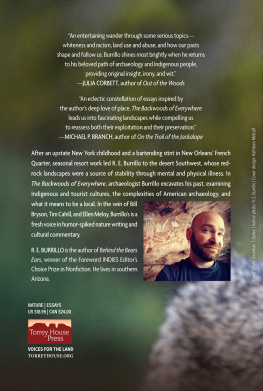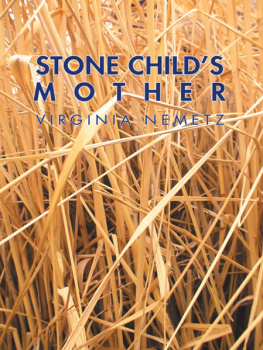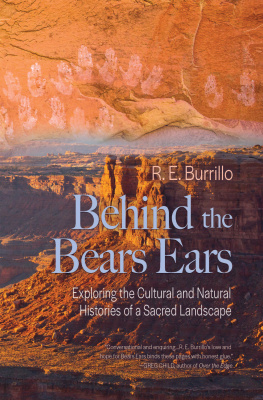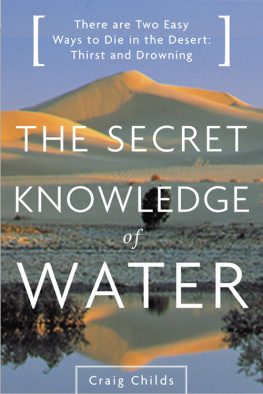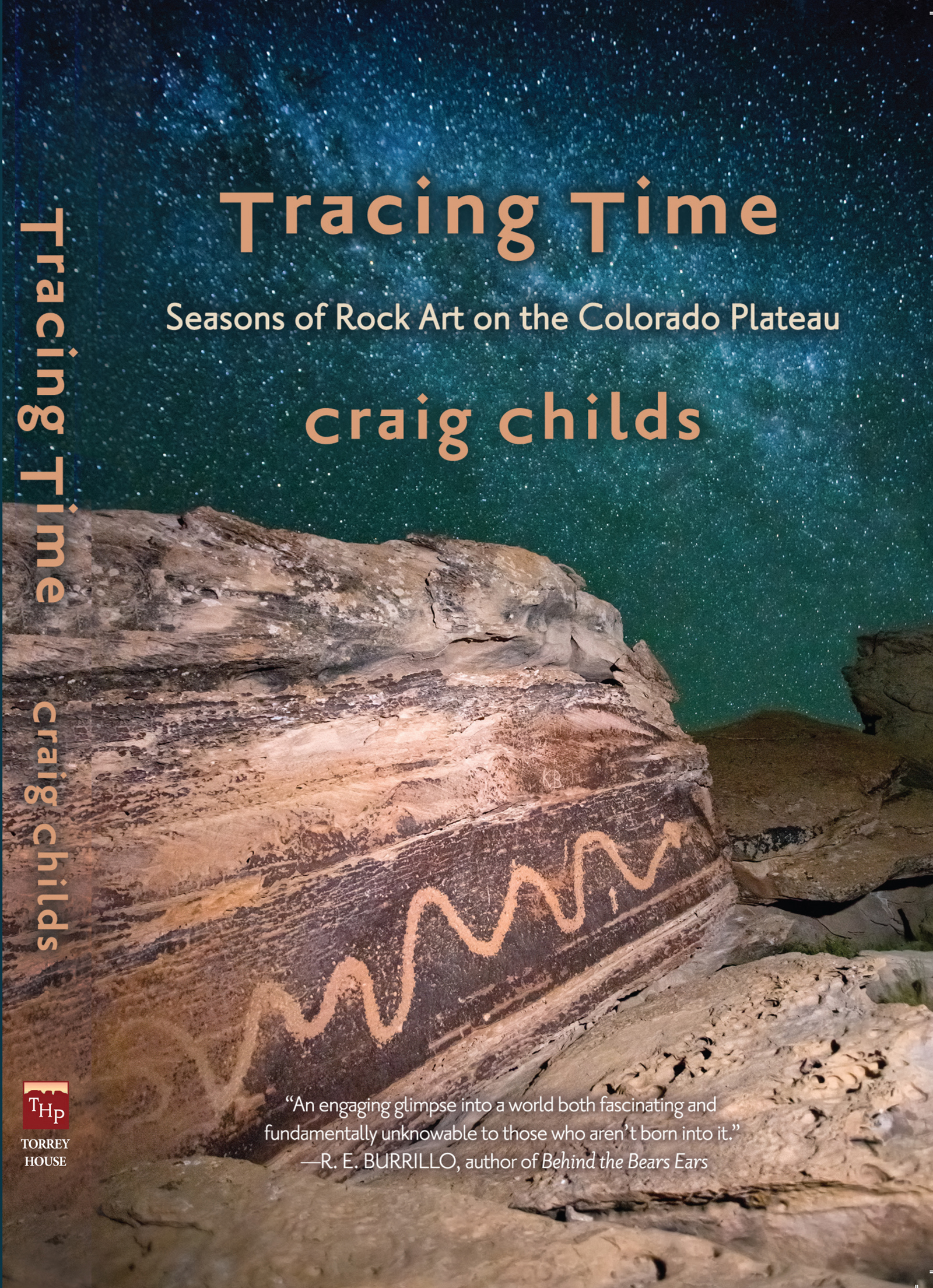Contents
Guide
Pagebreaks of the Print Version
Praise for Tracing Time
Childs brings refreshing humility Readers might find here, along with a soul-saving historical perspective, a place of calm amid our noise.
BOOKLIST
In Tracing Time, Craig Childs invites us to join him on a journey to visit, experience, and try to understand the ancient rock writings scattered throughout the storied northern Southwesta journey that includes many colorful components and even more colorful characters. This is not an investigation, in the typical and tiresome sense, but a meditation. Punctuated with reflections on Childss own experience and insights shared with him by descendant knowledge-keepers, Tracing Time is an engaging glimpse into a world both fascinating and fundamentally unknowable to those who arent born into it.
R. E. BURRILLO, author of
Behind the Bears EarsIn a beautifully written new book, Craig Childs climbs desert boulders to find meaning inscribed in the rock, but finds instead mystery. He treks through redrock canyons to see rock art, but is surprised to find himself listening instead, as the artists voices echo through deep time. As refreshing as a desert storm, Tracing Time is a welcome invitation into the continuities and conundrums of time.
KATHLEEN DEAN MOORE, author of
Earths Wild MusicThe enigma of rock art of the American Southwest has puzzled archaeologists and amateurs for decades. In Tracing Time, Craig Childs adds to our knowledge by listening to the elders as he travels to hundreds of sites, yet the sense of mystery and imagination still swells.
ANDY NETTELL, Back of Beyond Books
Tracing Time
Seasons of Rock Art on the Colorado Plateau
Craig childs
TORREY HOUSE PRESS

Salt Lake City Torrey
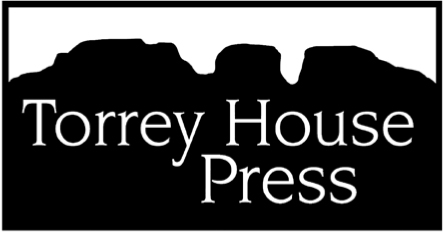
First Torrey House Press Edition, February 2022
Copyright 2022 by Craig Childs
All rights reserved. No part of this book may be reproduced or retransmitted in any form or by any means without the written consent of the publisher.
Published by Torrey House Press
Salt Lake City, Utah
www.torreyhouse.org
International Standard Book Number: 978-1-948814-57-7
E-book ISBN: 978-1-948814-58-4
Library of Congress Control Number: 2021941552
Cover photo by Jonathan T. Bailey
Cover design by Kathleen Metcalf
Interior art by Gary Gackstatter
Interior design by Rachel Buck-Cockayne
Distributed to the trade by Consortium Book Sales and Distribution
Torrey House Press offices in Salt Lake City sit on the homelands of Ute, Goshute, Shoshone, and Paiute nations. Offices in Torrey are on the homelands of Southern Paiute, Ute, and Navajo nations.
For Daiva
who led me there
Acknowledgments
I couldnt have thought up this book or claimed these stories by myself. Im grateful to those who offered insights or showed the way through brush and canyons to some hidden image. Thank you Polly Schaafsma, Jim Enote, Micah Lomaomvaya, Carol Patterson, Laurie Webster, Chris Lewis, Chuck LaRue, Kelley Hays-Gilpin, Scott Thybony, Joe Pachak, Rory Tyler, Garry and Ming Adams, and Kristen and Matt Redd.
Much appreciation goes to my editor, Kirsten Johanna Allen, who recognized the importance of this book, and to the passionate, skilled crew at Torrey House Press. Susan Markleys assistance helped get this project off the ground, and her reads ushered it along. Tim Goncharoff was always there for a quick read and feedback when ideas started tripping over themselves.
To Gary Gackstatter, great thanks for the quill pen and ink illustrations, more than I could have ever asked for.
Thank you to the Tozer brothers, Rex running cattle for the Ute, and Don farming green chiles on the Colorado side of the Four Corners. When I visited you in McElmo Canyon, you told me you wanted more pages than the last book. Here you go.
Contents
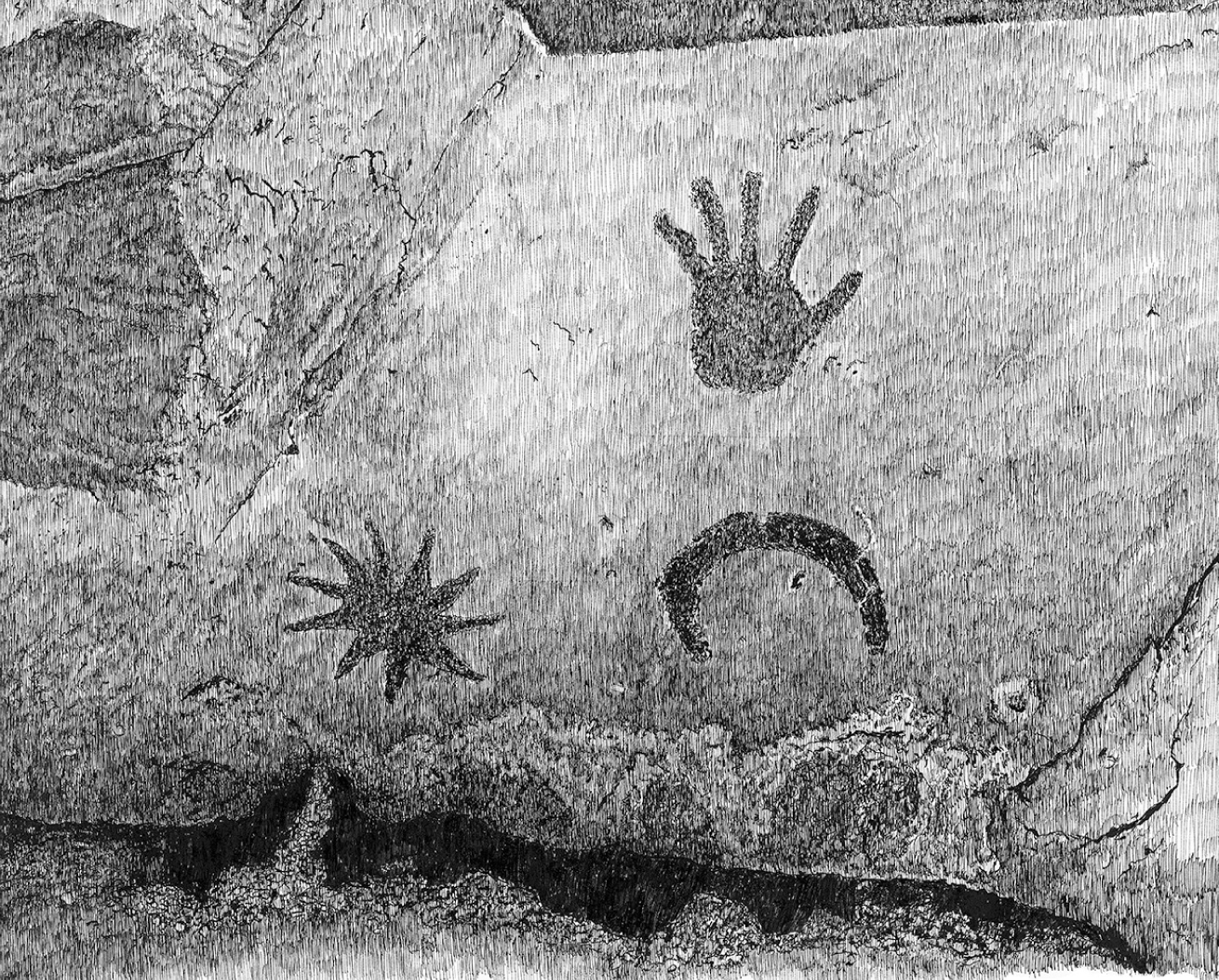
Time moves in one direction, memory another. We are the strange species that constructs artifacts intended to counter the natural flow of forgetting.
William Gibson
Do you sense them there, the ones Who invented art, who saw that we might see?
N. Scott Momaday
Introduction
Rock art is a practice in stillness. Finding it requires movement. For a spiral pecked into sandstone or a red phantom painted on a rockface a thousand years ago, time is different than it is for you or me. To them, we must buzz like flies, never landing long enough to say anything of use.
I am westbound on the California Zephyr somewhere in Nevada, Polly Schaafsmas tome Indian Rock Art of the Southwest open in my lap. Its 1994 or 95, hard to keep track when you live by seasons. The desert flashes by and Im turning through pages of interconnected spirals and head-dressed artwork, historic photos, black-and-white sketches. Sometimes I look out the window at horizons shifting like swimmers at different paces, blue hulks of mountains turning slowly, rock outcrops streaking past. I wonder what Im not seeing. If I were on foot, these distances would be crossed over weeks. I would stop and take in a warm breeze, searching for the smell of rain. My eye goes to the sky, blue as a polished stone, not a cloud in sight.
These years, my time is spent between guiding, writing, and pouring through the desert, journals loaded with sketches of bugs, plants, bones, and ancient imagery Id find on rock. I am what youd call a dirtbag. Its a variety of people consisting of poor climbers, alpinists, skiers, or other outdoor folks who live cheaply, without normal employment, and with few amenities, which allows them to focus as much time as possible on their sport. My sport is seeing. I walk long distances through undulating terrain, snow and rock ledges, waterless expanses, for no other purpose than to see.
I tote Schaafsma along because what Ive seen has made me want to know more. Ive found ghost eyes peering out of holes as if through masks. Elaborate regalia sprung from heads of anthropomorphs with arms, legs, eyes, and genitals. Rock art is all over the desert Southwest and Id been rolling in it.
Most of my life has been in the close company of these images. They are everywhere. Anyplace in the world you could say the same. Youll find bedrock riverbanks nibbled with petroglyphs, or an overhang of spider webs and hanging moss faintly painted with handprints and designs. The period from hunter-gatherers up to early agriculturalists is globally rich with imagery put to stone, no part of the habitable world left undecorated. Its a passage we go through as an early civilization, hands busy painting and etching dances, ceremonies, hunts, and scenes of the day. Whether with dogsleds, masonry pueblos, stone henges, or pyramids, your people, too, went through this era. In the arid, bony Southwest, the work stands out as if electrified. Everywhere is a canvas, a boulder, a protected cliff. In my home metropolis of Tempe, Arizona, mountains and buttes are pecked around their crowns with chains of symbols. As a kid I scrambled up summits, finding snake images, spirals, concentric circles, and rough anthropomorphs. In the eastern part of Arizona where creeks flow through basalt, I explored petroglyphs of bear paws and butterflies, imagery tied to modern Hopi and Zuni people. The desert was not empty, wilderness not vacated. Though I seek solitude, Ive never believed I was alone.



